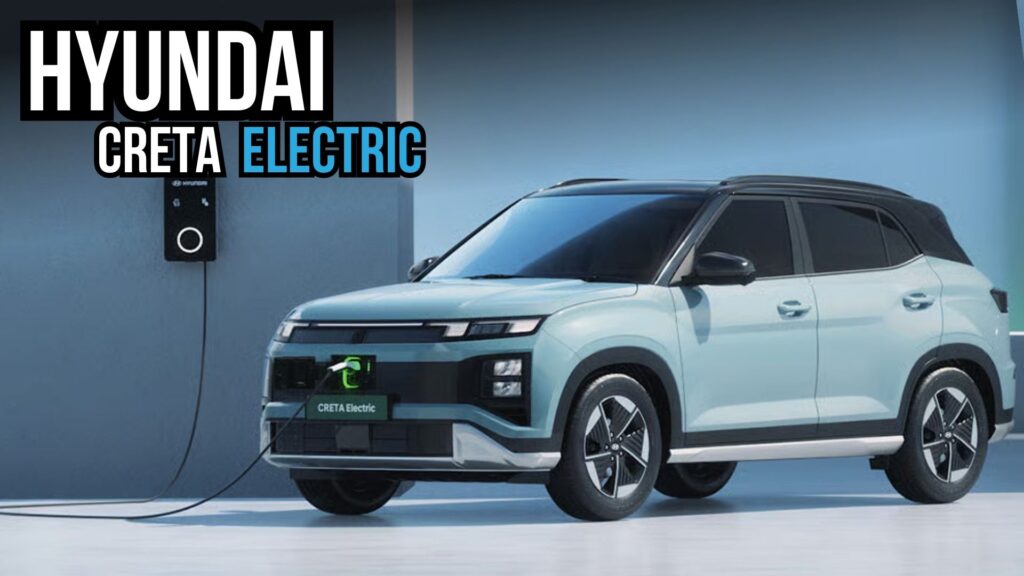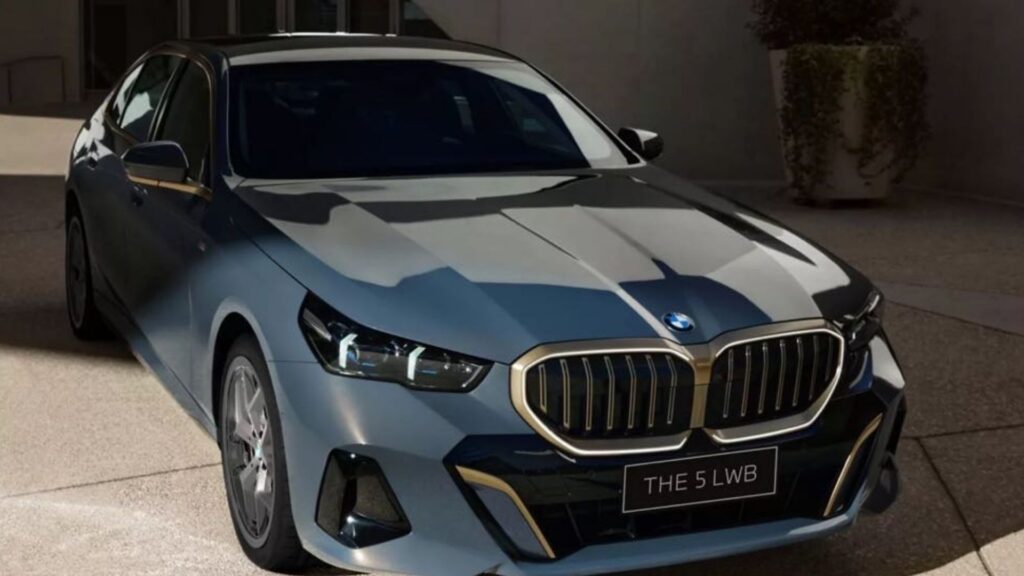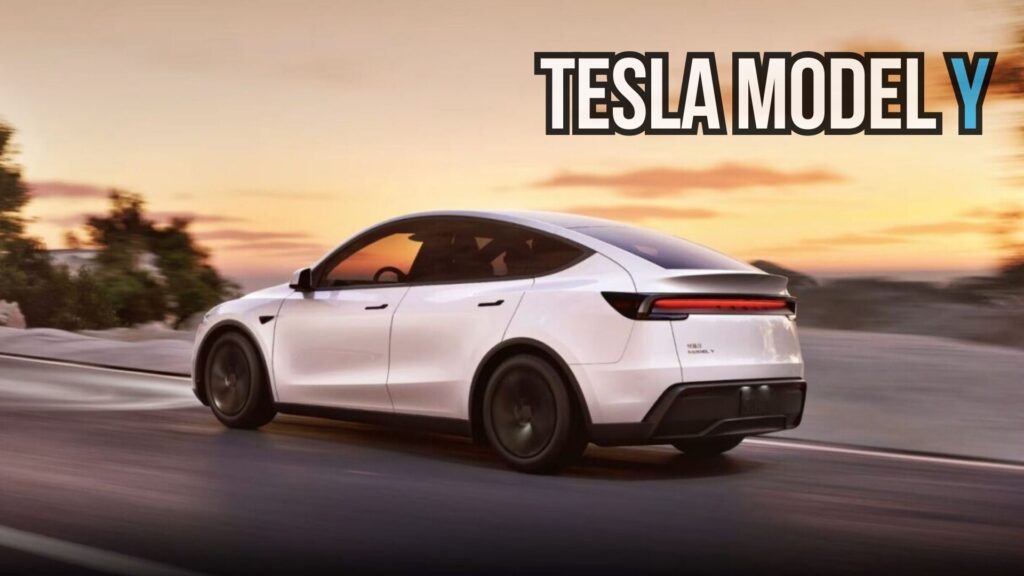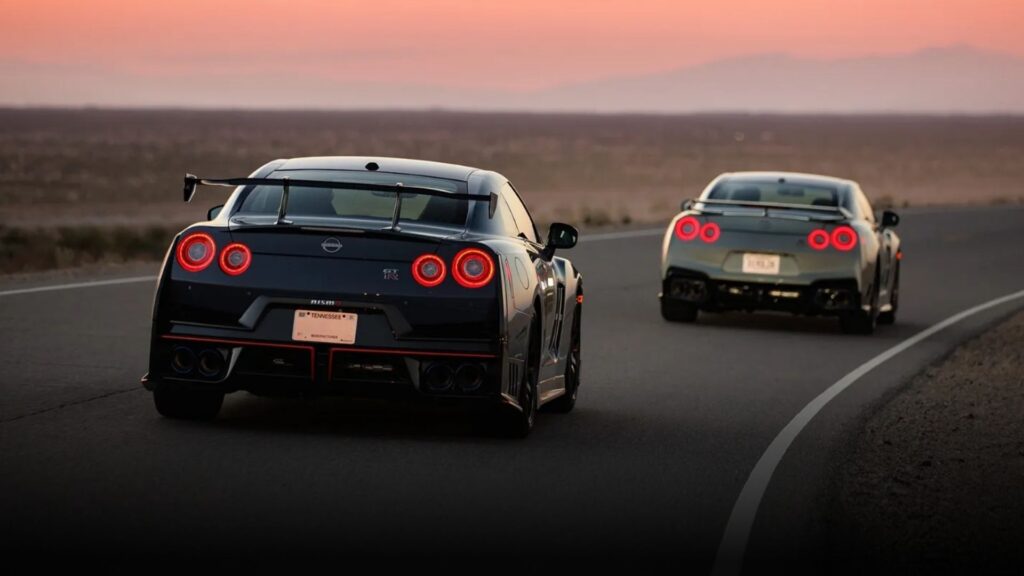For decades, diesel cars were considered practical, efficient, and economical rather than fast or exciting. They were associated with long-distance commuting, fuel-saving fleets, and everyday utility rather than high performance. That perception changed dramatically in the mid-2010s, when manufacturers pushed the boundaries of what diesel engines could achieve.
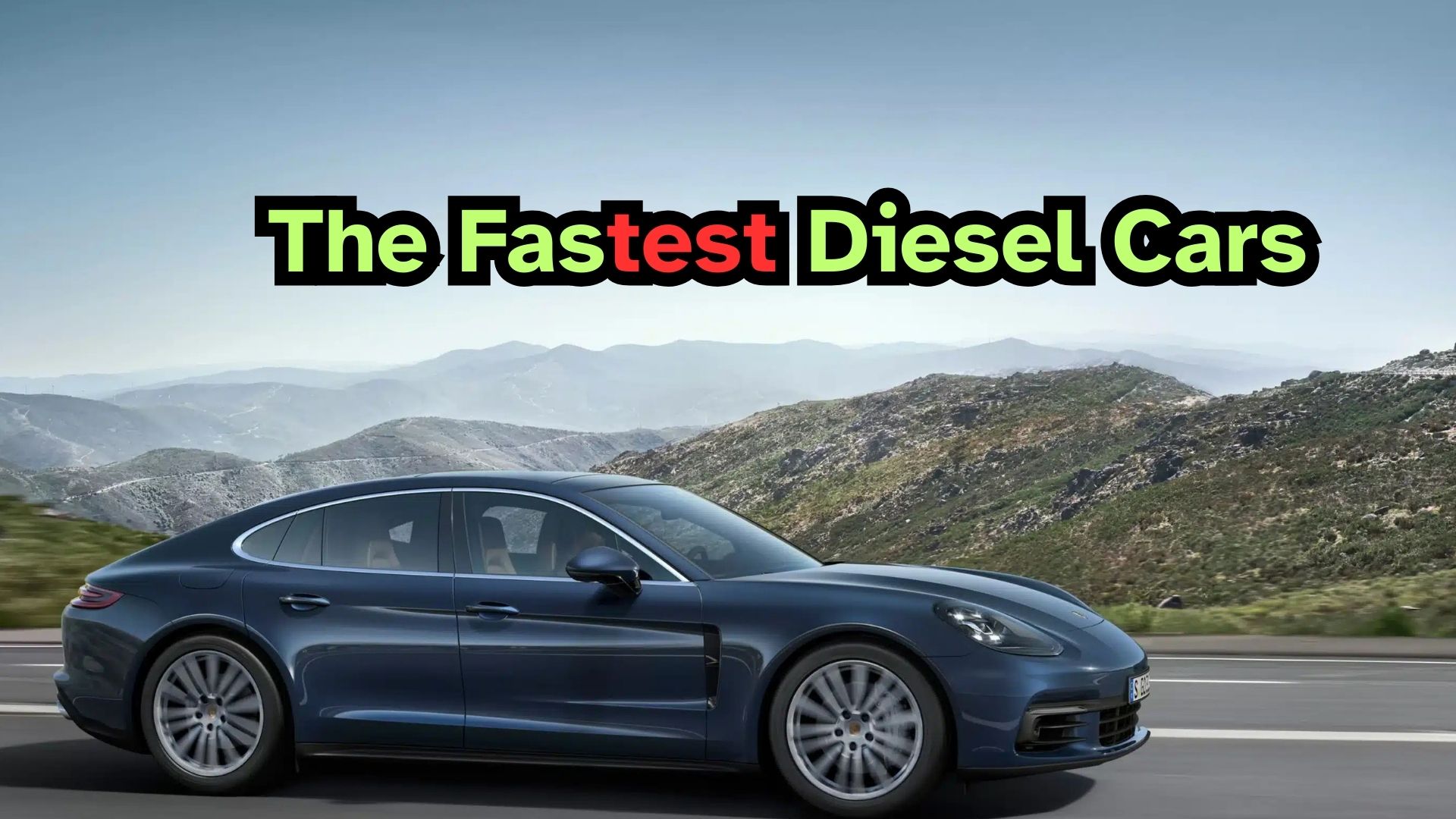
In particular, two sedans the BMW M550d and the Porsche Panamera 4S Diesel set new benchmarks for speed, torque, and efficiency. These models proved that diesel technology could rival traditional petrol sports cars, combining immense pulling power with impressive fuel economy.
This article explores how these unexpected performance sedans became the fastest diesel cars in history, what made their engineering so groundbreaking, and why their success was ultimately short-lived.
BMW M550d: The Quad-Turbo Benchmark

Introduction of a Diesel Game-Changer
Launched in 2016 as part of the G30 5 Series lineup, the BMW M550d appeared at first glance to be a standard executive sedan. However, beneath its understated exterior lay one of the most advanced diesel engines ever built.
BMW equipped the M550d with a 3.0-liter inline-six diesel engine enhanced by a quad-turbocharging system. Two low-pressure turbochargers and two high-pressure turbochargers worked in harmony, delivering seamless acceleration across the rev range. This setup was a first in the automotive world and set the car apart from all other diesels at the time.
Performance and Acceleration
The result was 400 horsepower and an astonishing 560 lb-ft of torque. The M550d could accelerate from 0 to 60 mph in just 4.3 seconds, with many testers recording even quicker times in real-world conditions.
This performance made the M550d quicker than the petrol-powered BMW M3 from only a few years earlier, a feat that surprised enthusiasts and critics alike.
Fuel Efficiency
Despite its speed, the BMW M550d was remarkably efficient. On the combined cycle, it achieved close to 40 miles per gallon a figure that put many smaller petrol cars to shame. This unique balance of speed and economy made it a truly versatile performance sedan.
Driving Dynamics and Features
Power was sent through an eight-speed automatic transmission paired with BMW’s xDrive all-wheel-drive system, tuned to retain a rear-wheel-biased feel. Adaptive suspension, rear-wheel steering, and subtle aerodynamic upgrades ensured that the M550d was not only powerful but also agile and refined.
As a result, the car was a discreet yet commanding machine, remembered today as one of the most innovative diesel vehicles ever produced.
Quick Comparison Table
Model |
Engine |
Power & Torque |
0–60 mph |
Top Speed |
Efficiency |
Years Produced |
Official Site |
|---|---|---|---|---|---|---|---|
BMW M550d (2016) |
3.0L I6 Quad-Turbo Diesel |
400 hp / 560 lb-ft |
4.3 sec |
~155 mph (limited) |
~40 mpg combined |
2016–2020 |
|
Porsche Panamera 4S Diesel (2016) |
4.0L V8 Bi-Turbo Diesel |
422 hp / 627 lb-ft |
4.3 sec |
177 mph |
~35 mpg combined |
2016–2018 |
Porsche Panamera 4S Diesel: Pushing Top Speed Further
A Different Take on Diesel Power
In the same year, Porsche introduced its own take on a performance diesel with the Panamera 4S Diesel. Instead of BMW’s six-cylinder, Porsche turned to a larger 4.0-liter V8 diesel engine.
This powerplant produced 422 horsepower and an extraordinary 627 lb-ft of torque. It was paired with Porsche’s dual-clutch PDK transmission and an advanced all-wheel-drive system.
Acceleration and Speed
Like the BMW M550d, the Panamera 4S Diesel accelerated from 0 to 60 mph in 4.3 seconds. However, where it truly stood out was in top speed. Without an electronic limiter, the Panamera could reach 177 mph, making it the fastest diesel car ever offered to the public.
Short-Lived but Legendary
Despite its record-breaking performance, the Panamera 4S Diesel had a short production run. Stricter emissions regulations and a shift in focus toward electrification meant Porsche discontinued the model after only a few years. Still, during its limited lifespan, it proved that diesel engines could deliver supercar-like top speeds while remaining usable in everyday driving.
The End of the Diesel Performance Era
Together, the BMW M550d and Porsche Panamera 4S Diesel represented the pinnacle of diesel performance technology. BMW delivered a car that balanced speed, efficiency, and practicality, while Porsche pushed the outright performance envelope with higher torque and faster top speeds.
However, this chapter in automotive history was short-lived. By the early 2020s, global regulations, emissions standards, and the automotive industry’s shift toward electrification brought an end to the development of high-performance diesel models.
Today, these cars remain unique reminders of what diesel power could achieve when pushed to its limits. They are celebrated by enthusiasts as both engineering marvels and milestones in performance history.
Frequently Asked Questions
1. What is the fastest diesel car ever made?
A. The Porsche Panamera 4S Diesel holds the title, with a top speed of 177 mph.
2. Which diesel car has the best balance of performance and efficiency?
A. The BMW M550d offered a unique balance, combining 400 horsepower with nearly 40 mpg fuel economy.
3. Why were high-performance diesel cars discontinued?
A. Tightening emissions regulations and the shift toward hybrid and electric vehicles led to the discontinuation of these models.
4. Are diesel performance cars collectible today?
A. Yes, models like the BMW M550d and Porsche Panamera 4S Diesel are increasingly appreciated by enthusiasts due to their rarity and engineering significance.
5. Do modern carmakers still produce performance diesels?
A. No, most manufacturers have shifted away from performance diesels in favor of electrified powertrains.
For More Information Click HERE


